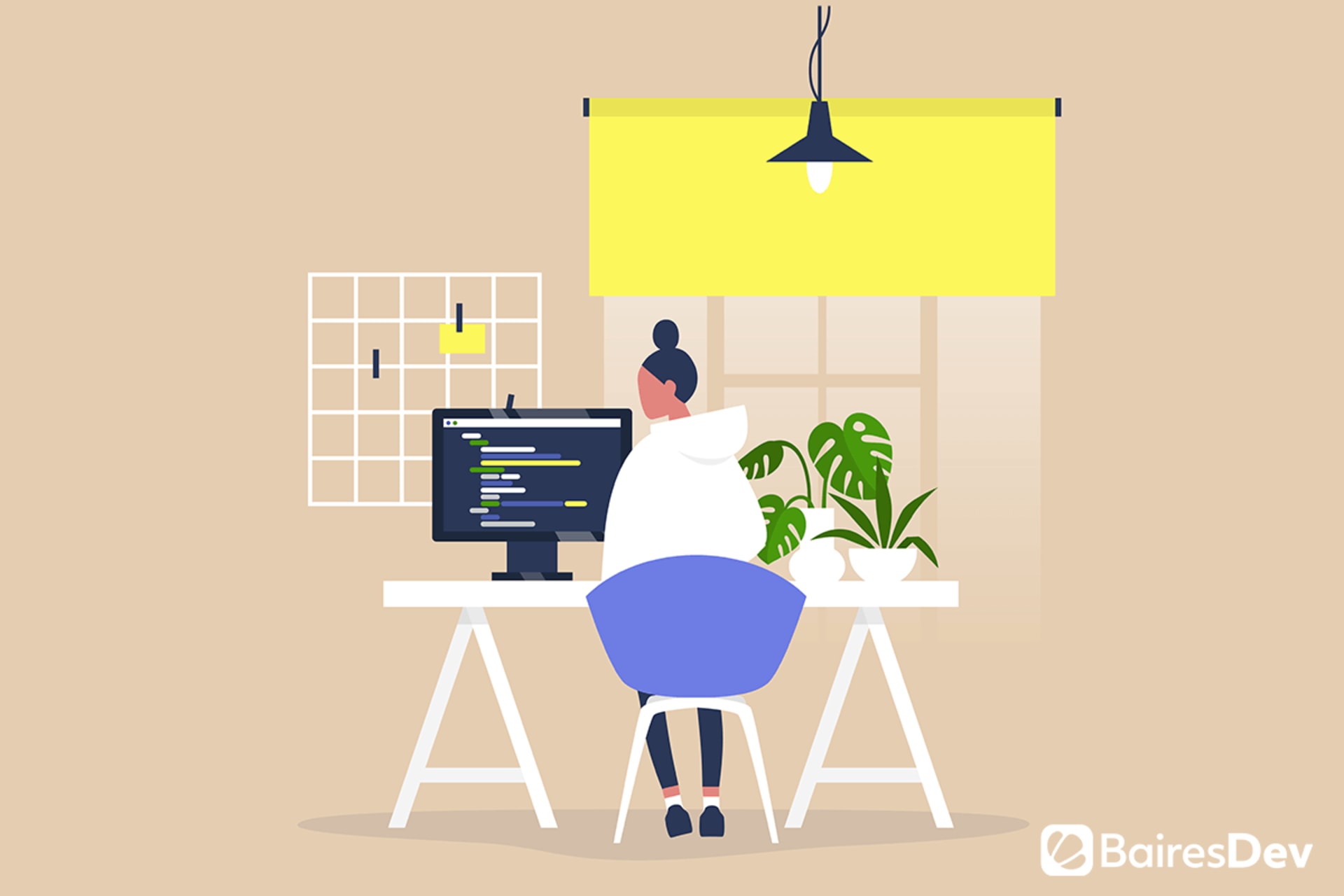Finding ways for users to engage with web content is a problem as old as the public internet itself. In fact, engagement has been the focus and nexus of marketing teams, content creators, and product owners since the past century. The problem is simple: we create a thing and we want other people to use it as long and as frequently as possible. The more they use it, the bigger the revenue.
That’s not all. With the advent of better UIs, friendlier computer languages, and easier frameworks, the amount of web content has grown exponentially. More and more people are creating games, websites, blogs, and multimedia than ever. Thus, the competition to grab a user’s attention has never been so intense.
And yet, even with the increase in competition, products like World Of Warcraft, Fortnite, and Grand Theft Auto Online, all driven by engagement, are some of the most profitable properties in the gaming landscape. In fact, gaming, in general, is one of the biggest growing entertainment businesses of the 21st century.
Their secret? Good old-fashioned psychology. What all successful games have in common is that they have managed to strike a fine balance between frustration and reward to create an engagement cycle that is really hard to break away from. So, what can we learn from gaming in general? A lot. But first, we need to understand a crucial concept – gamification.
What is gamification?
Gamification is the application of game-design principles and ethos as well as gaming mechanics to non-gaming contexts. It’s an engineering solution that approaches issues in a novel way to provide unorthodox and highly efficient solutions.
Gamification is based on three core principles:
Game design is a problem-solving skill: Game designers are not making toys, they are creating sophisticated systems that interact and engage with users in a myriad of ways. Those skills can be recontextualized and deployed in other environments.
Games are becoming part of folk psychology: As the gaming industry grows concepts like score, experience points, traits, levels, and achievements are becoming mainstream. Gamification aims to exploit the fact that people are already familiar with these concepts and understand the reward cycles.
Any process can be gamified: If there are humans involved, a process can be gamified. Game design elements can be inserted to increase motivation, engagement, and performance in any area. Gamification examples go from overt processes like literally turning work into a videogame to more subtle strategies that might not use the terminology but apply the core concepts.
Think of social media like Instragam, change the concept of likes for points and followers for levels and you will soon start noticing how the pattern of generating content for Instagram is very similar to trying to overcome a stage on candy crush, or level up your character in an RPG.
Understanding the reward cycle
Nir Eyal, author of Hooked – How to build habit-forming products synthesized his own experience as well as the findings of psychologist B.F Skinner into what he calls “The hook model.” This is a succinct and easy-to-follow process that describes how sites like Facebook have turned gamification principles into engagement and revenue.
The hook model is based on four broad steps: triggers, actions, rewards, and investment
Triggers are the things that set a user-product interaction in motion. The first kind of trigger is intrinsic or internal, referring to a user’s state of mind, their motivations, feelings, and desire. For example, an intrinsic trigger might be “I’m bored” or “I need to find something”.
The second kind of trigger is an extrinsic or external trigger, which is a property or aspect of your product that made the user approach it. For example, someone might be tempted to try your website because they saw a killer offer, or because someone else recommended it.
Actions are the simplest form of behavior out of which the user can anticipate a reward. For example, if likes are rewards in a social media environment, posting content is the minimum behavior that a user has to undertake to start the feedback process.
The challenge when we gamify is to find the right balance between actions and rewards. A game where you can’t lose might feel empowering for the first few minutes but will quickly bore the user as they become numb to whatever rewards we dish out.
Likewise, if every action in a web environment yields some kind of reward, then they stop being rewards. For example, if you offer a coupon with every purchase, the user will take it as a given, and not something to strive for.
Strive is a key concept that directly relates to our next step, rewards. According to self-determination theory, people are inherently motivated by three things, challenges and developing the ability to overcome them, social relationships and the feeling of belonging, and the feeling that we are in control of our own lives.
In other words, we like rewards, especially when they feel earned, but if our reward completely satisfies a user, then there is no reason to keep engaging with us. Imagine if you couldn’t get more than 100 likes on a social network or more than a handful of comments, what reason would a user have to go back to their contents once the quota has been met?
The last step investment, it’s the “bit of work” or effort we put into our product to upgrade it and give the user a reason to come back. This is what we typically see in games when they roll out a new update with a message detailing all of the new features, and ironically, it’s why, even if users complain every time Facebook does an overhaul of their interface, they keep coming back.
Once we mix a variable reward cycle that keeps the user wanting more with a steady stream of upgrades, we have a strong engagement cycle in place. After that, fine-tune it with the feedback from the users and you have a system that can last decades.
From ideas to action
I’ve kept this post as vague as possible because every product owner has a different set of goals and needs, where one might find a way to use a high score system to create competition amongst users, while others will find more value in a leveling up system that rewards the user when they finish a set of daily tasks.
The idea I really want to bring home is that engagement isn’t just about making your product pretty or nice to use, it’s an interactive process that dynamically builds over time as the user finds new and rewarding things to do. There is no such thing as being done with engagement.
As Jane McGonigal says, there is no reason why fun has to be constrained to games.
If you enjoyed this, be sure to check out our other web development articles.







